When it comes to choosing the right vanity for a bathroom, it always narrows down to the two famous materials: MDF and solid wood. Each of these materials has its own list of pros and cons. Being informed about them could lead to a better decision that would suit your style, budget, and bathroom needs. In this article, we are going to discuss the characteristics of MDF and those of wood vanities so that you can have an idea of which one to use in your bathroom.
Understanding MDF Vanities
MDF is an engineered wood product made by decomposing hardwood or cork residues into wood fibers. Then mix it with wax and resin to make the board under high pressure and high temperature.
Advantages of MDF Vanities
- Affordability: MDF is generally more affordable than solid wood, making it an attractive option for budget-conscious homeowners. It allows you to achieve a stylish look without breaking the bank.
- Smooth Surface: MDF provides a smooth surface that is ideal for painting or applying veneers. This makes it possible to achieve a variety of finishes and styles that can complement any bathroom decor.
- Resistant to Warping: Unlike solid wood, MDF does not warp or crack in humid conditions, making it a good choice for bathrooms where moisture is a concern.
- Consistency: MDF is a uniform material, which means there are no knots or grain patterns to disrupt its surface. This makes it easier to work with and allows for precise cuts and designs.
Drawbacks of MDF Vanities
- Durability: While MDF is sturdy, it is not as durable as solid wood. It may not withstand heavy impacts or significant wear and tear over time.
- Moisture Sensitivity: Although MDF is more resistant to warping than wood, it is still vulnerable to water damage if not properly sealed. Prolonged exposure to moisture can cause it to swell or deteriorate.
- Limited Refinishing Options: Unlike wood, MDF cannot be sanded down and refinished. Once the finish is damaged, it often needs to be replaced.
Exploring All Wood Bathroom Vanities
All wood vanities are crafted from solid wood, offering a natural and timeless look. They are available in various types of wood, such as oak, maple, cherry, and walnut, each with its own unique characteristics.
Advantages of All Wood Vanities
- Durability: Solid wood vanities are known for their strength and longevity. They can withstand daily use and retain their beauty over many years.
- Aesthetic Appeal: The natural grain and texture of wood add warmth and character to any bathroom. Each piece is unique, providing a custom look that can enhance your bathroom's ambiance.
- Refinishing Potential: One of the major benefits of wood is that it can be sanded and refinished. This allows you to update the look of your vanity or repair surface damage over time.
- Environmental Considerations: Wood is a renewable resource, and many manufacturers offer sustainably sourced options, making it an eco-friendly choice.
Drawbacks of All Wood Vanities
- Cost: All wood vanities tend to be more expensive than MDF options due to the quality of materials and craftsmanship involved.
- Susceptibility to Warping: In humid environments, wood can warp or crack if not properly sealed and maintained.
- Weight: Solid wood is heavier than MDF, which may complicate installation and require additional support.
Deciding Between MDF and Wood Vanities

When choosing between MDF and wood vanities, consider the following factors:
Budget
If budget is a primary concern, MDF may be the best choice due to its lower cost. However, if you are willing to invest in a long-lasting and beautiful piece, a wood vanity may be worth the extra expense.
Style Preferences
Consider your style preferences and how you want your bathroom to look. MDF is available in various finishes and can be painted any color to match your color scheme, while wood has a natural beauty with grain patterns that can make each piece unique.
Bathroom Environment
Just consider your bathroom environment-if it is highly humid in that space, you will especially want to take added precautions to prevent a warping wood vanity. MDF would be much more stable under these conditions but will still need to be properly sealed to avoid damage from moisture.
Longevity and Maintenance
Consider how long you want your vanity to last and how much maintenance you want to go through. A wood vanity can be refinished and repaired, while an MDF one may be a different story altogether when damages occur, possibly needing replacement.
Final Thoughts
Both MDF and all-wood bathroom vanities have pros and cons. MDF is more affordable and can take diverse shapes, while wood is durable and aesthetically attractive in its appearance. Ultimately, the best choice will be up to your budget, style preference, and the condition of your bathroom.
Giving this a proper weighing could provide one with a well-informed decision that complements both functionality and aesthetic in your bathroom. Pay close attention to not just initial but also long-term values of the vanity material to be chosen regarding cost and maintenance.
Whichever you choose, a well-chosen vanity can be the anchor in your bathroom, serving practicality and style for years to come.


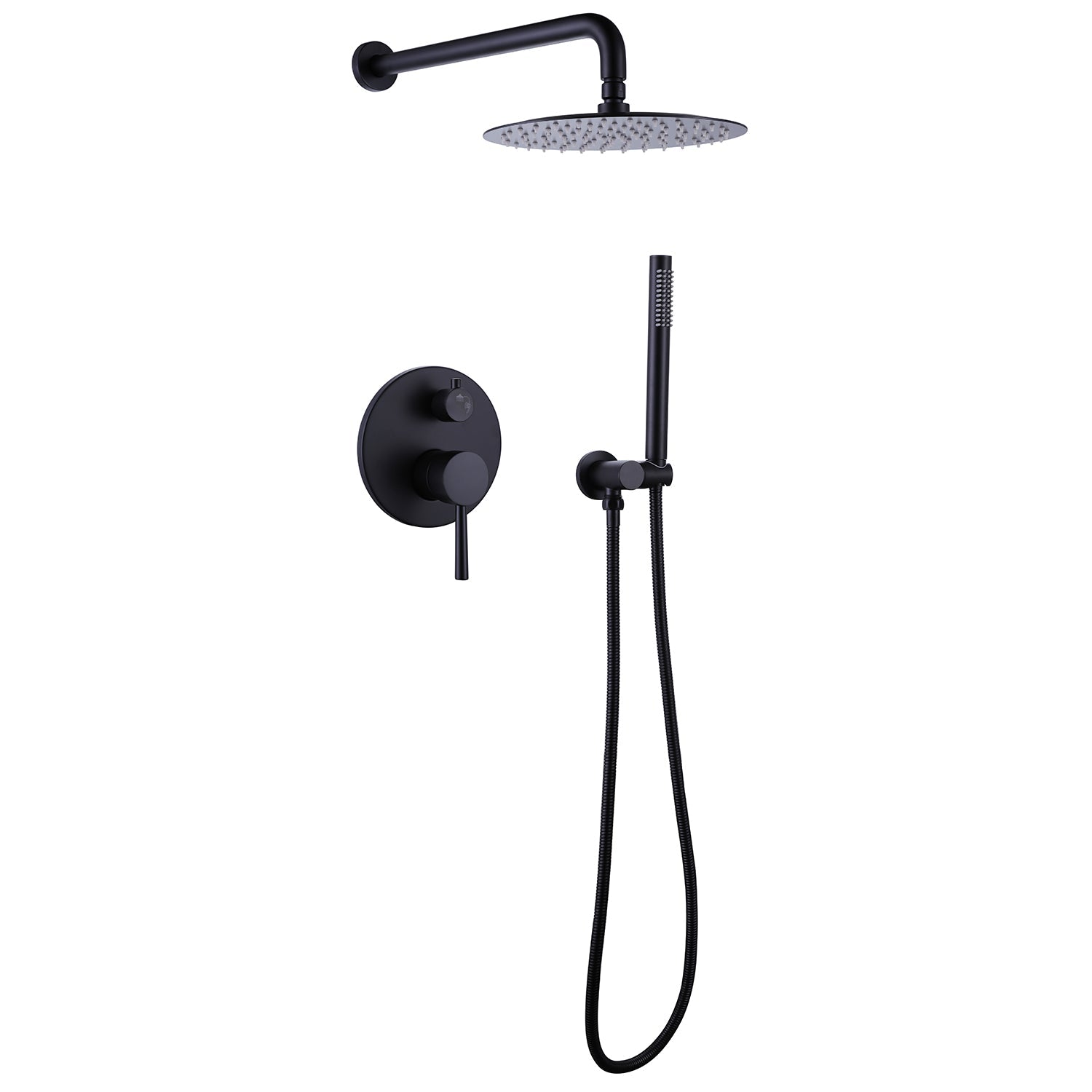


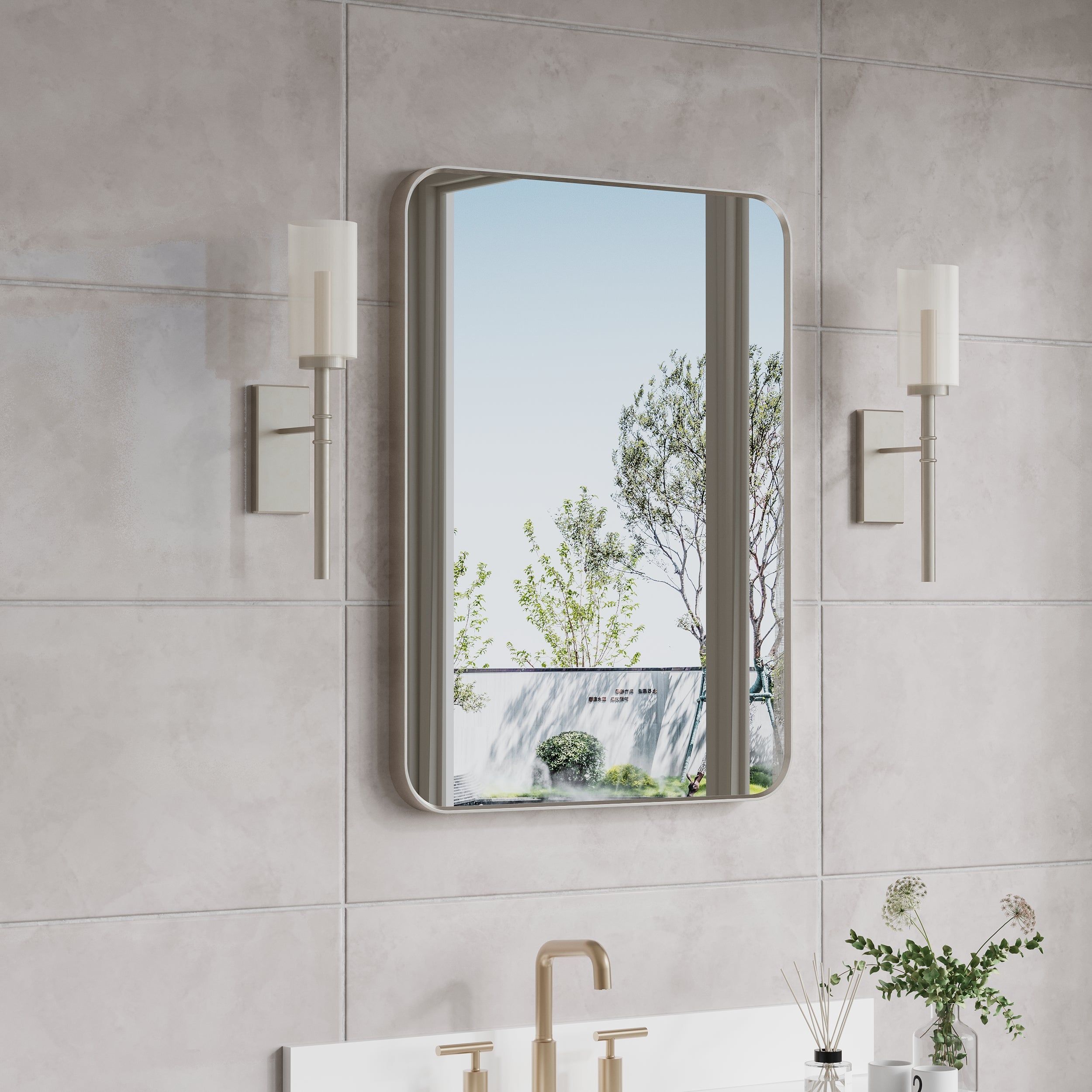

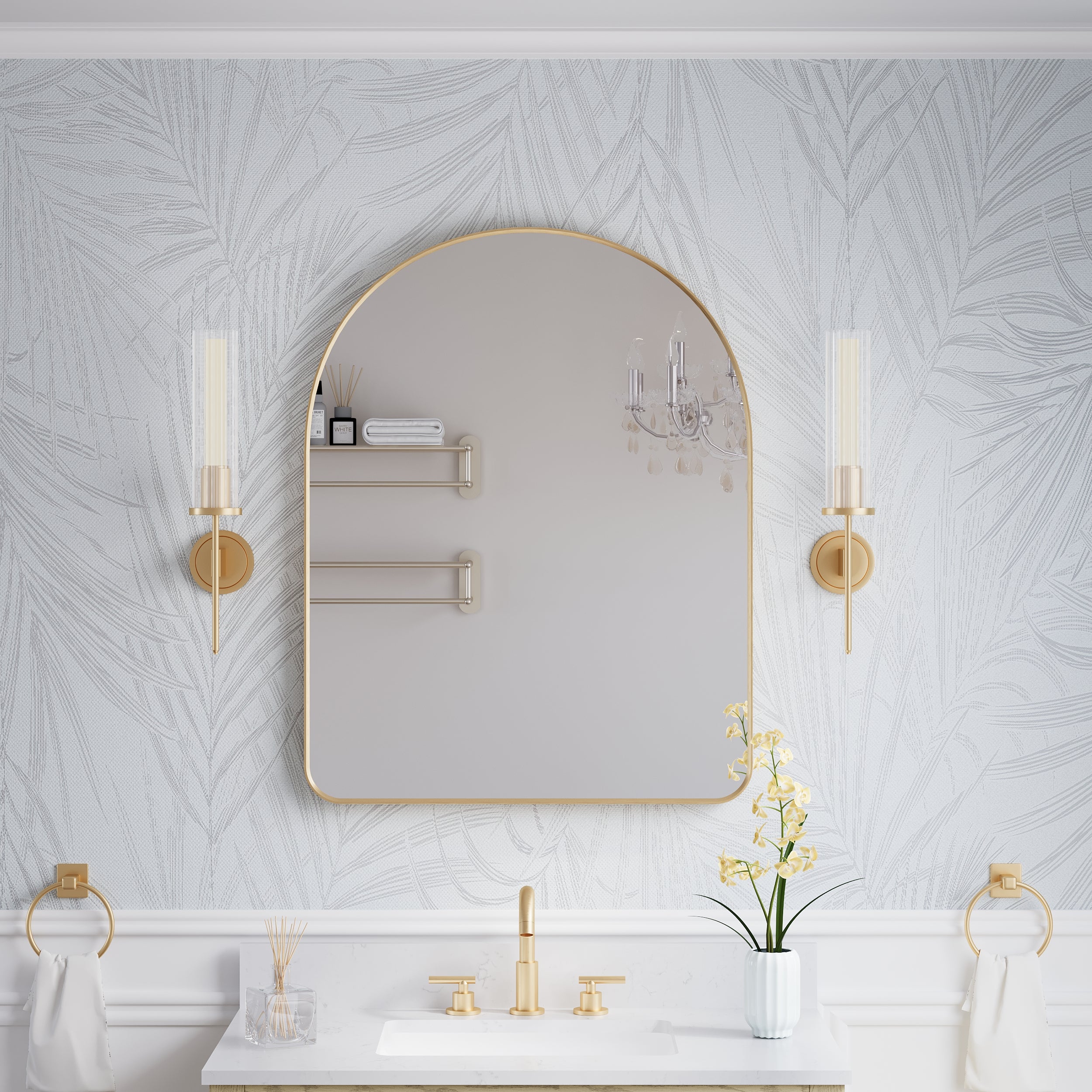
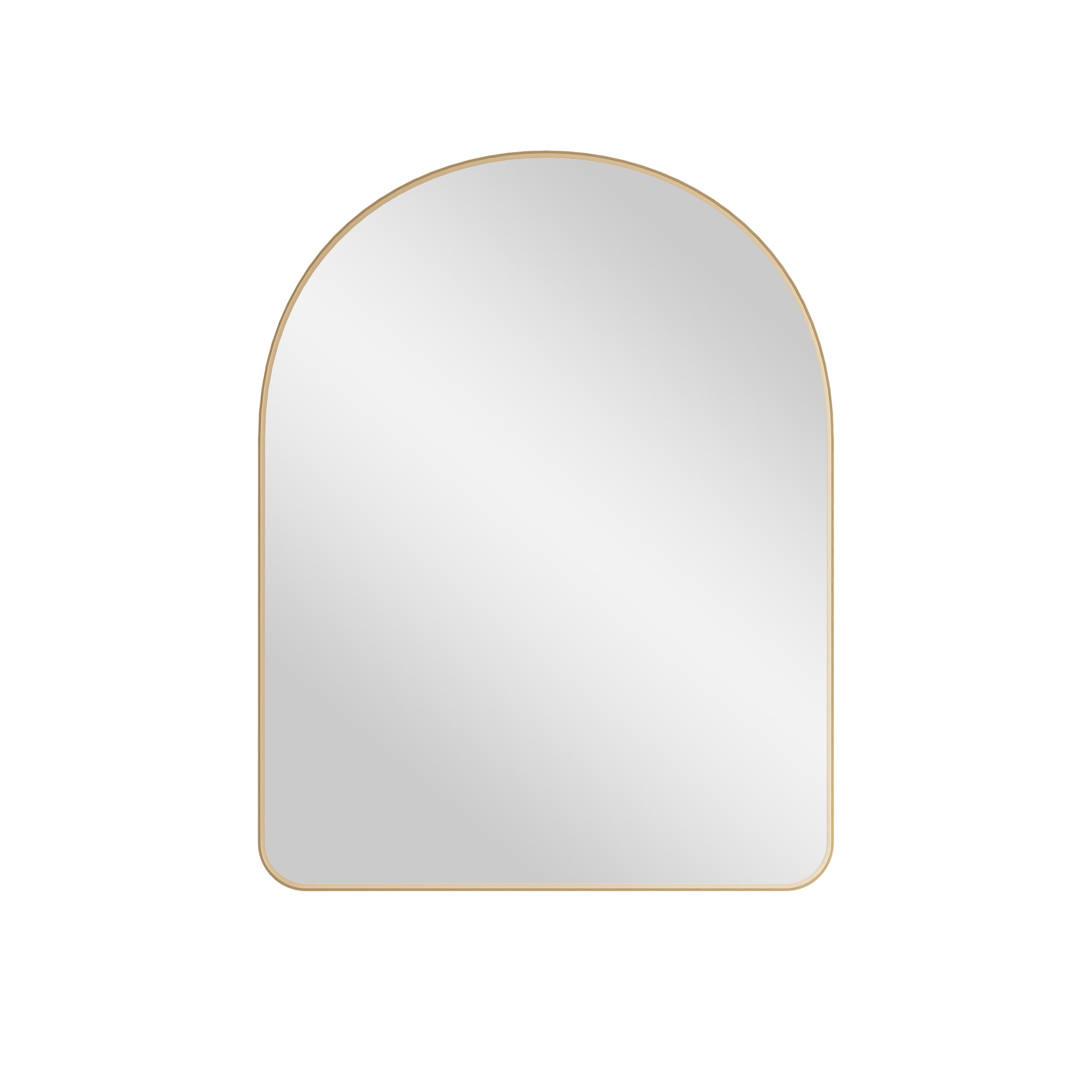

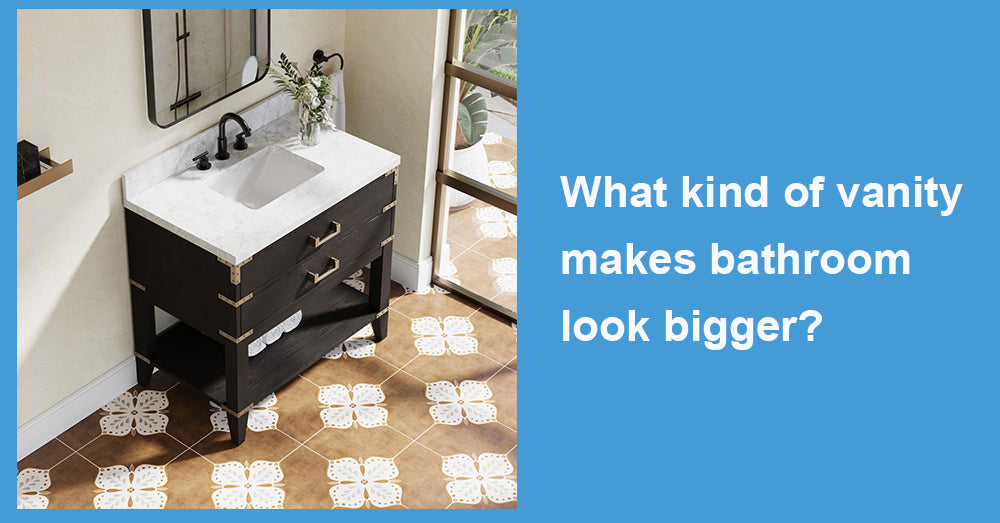
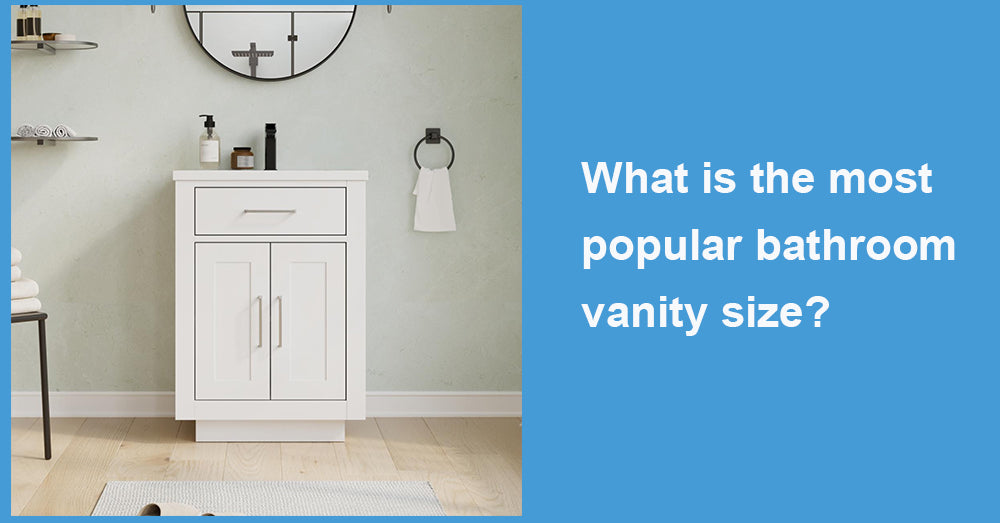
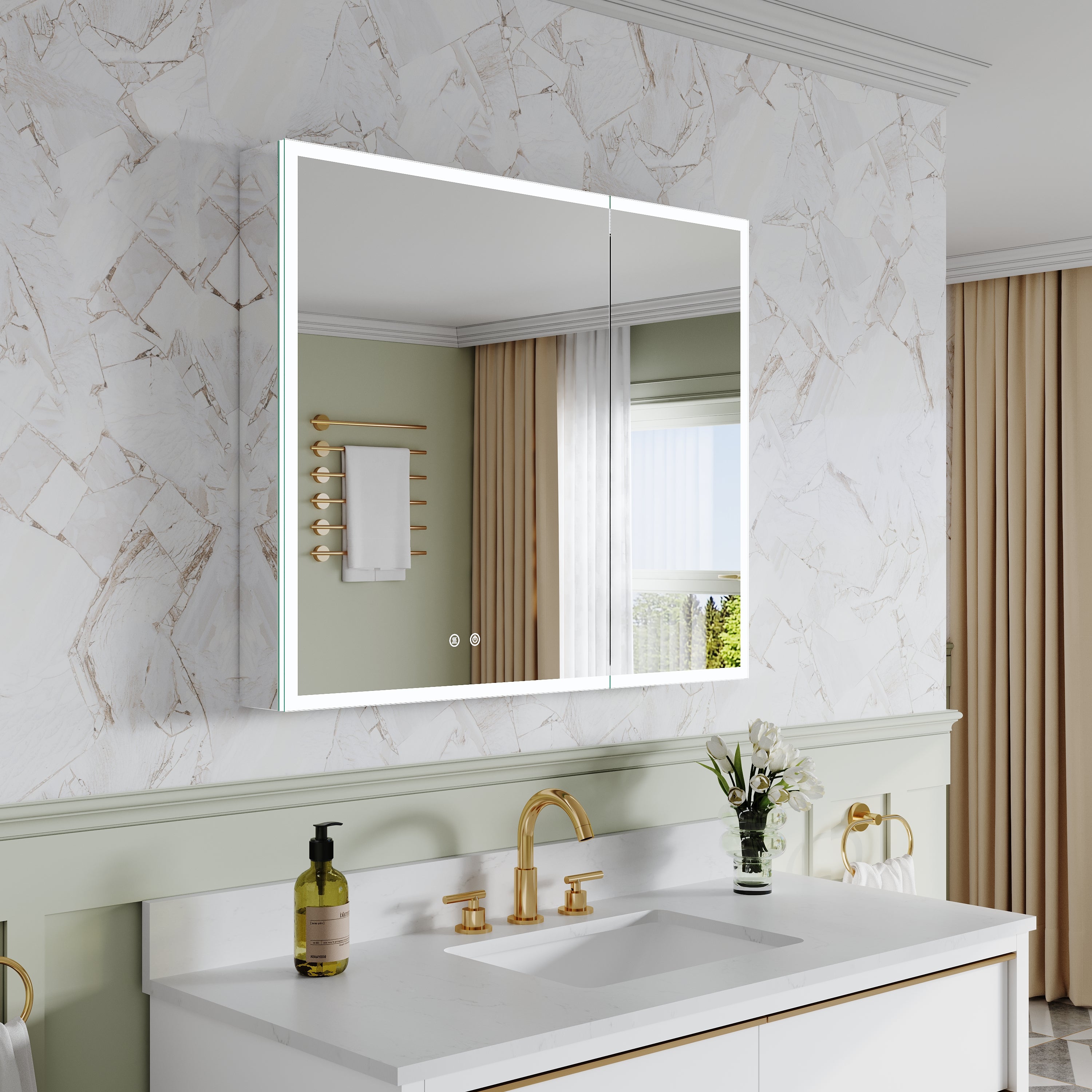



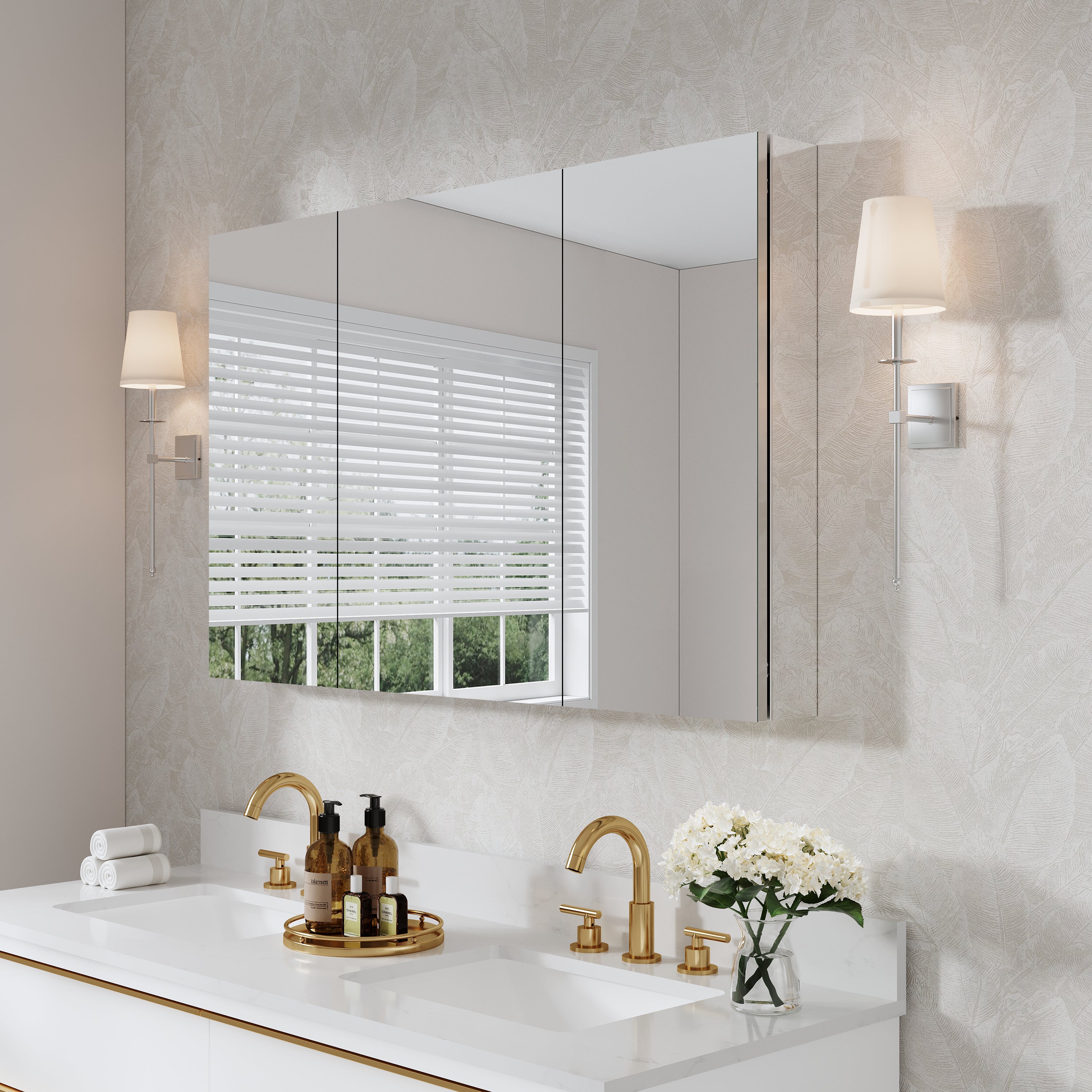





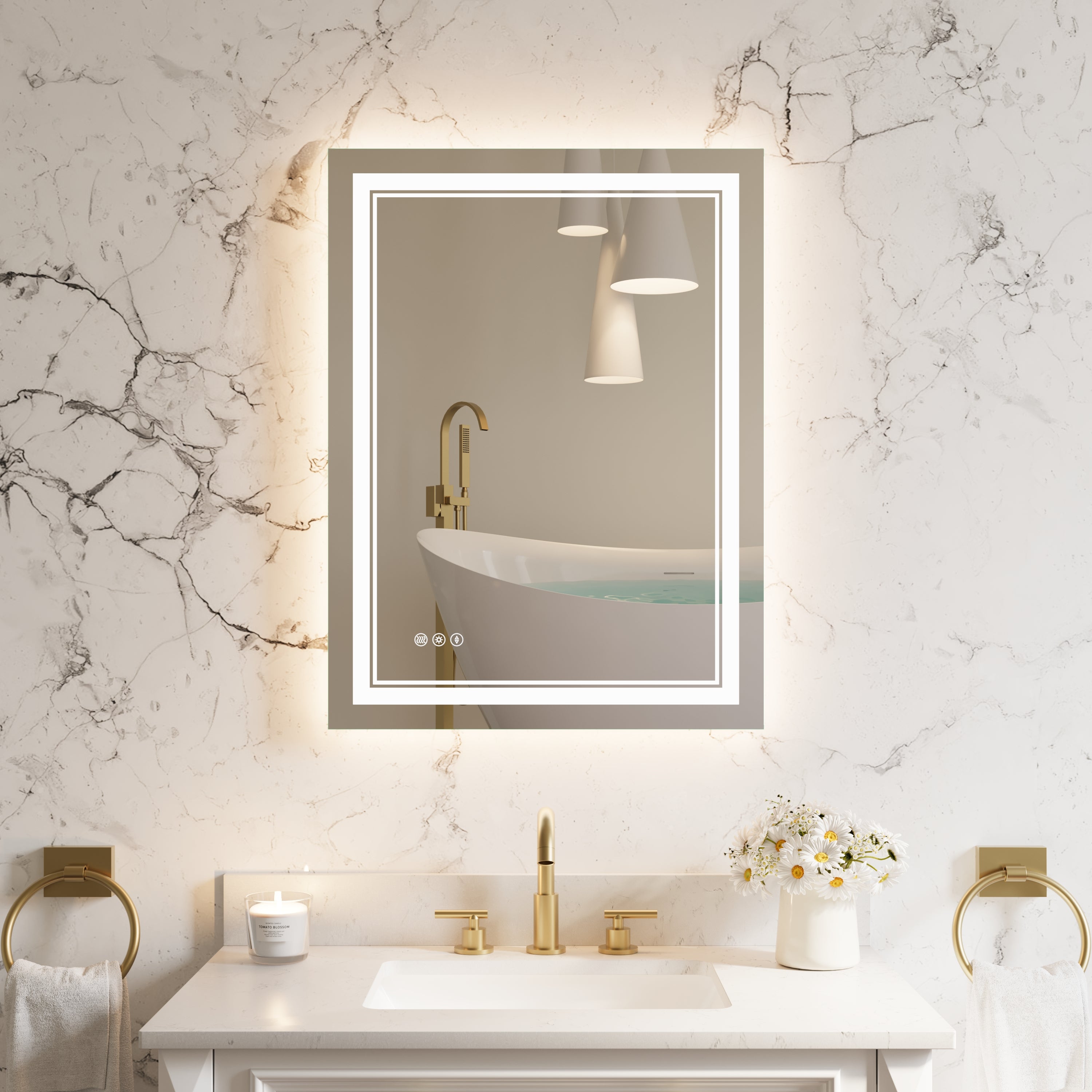



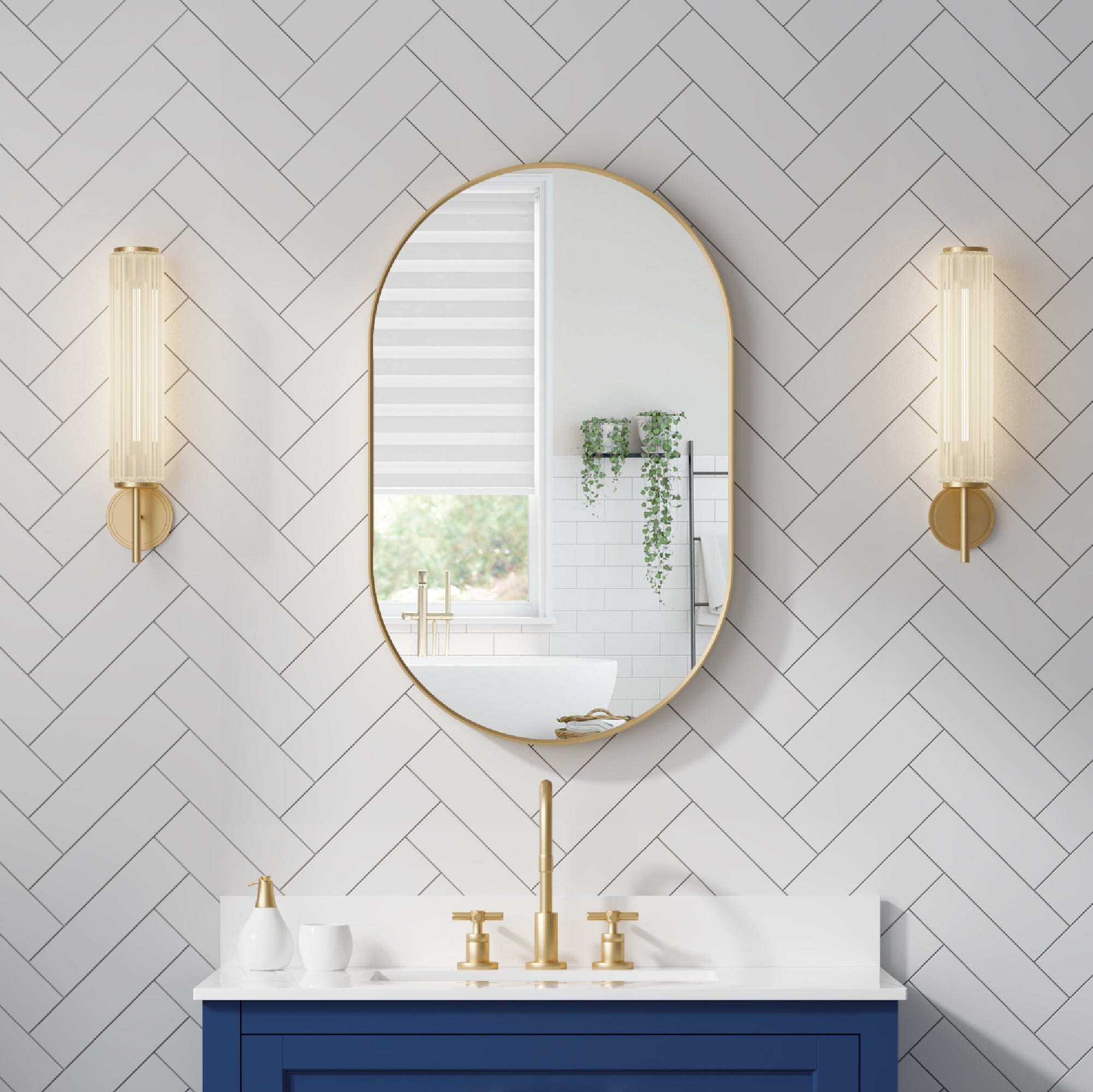


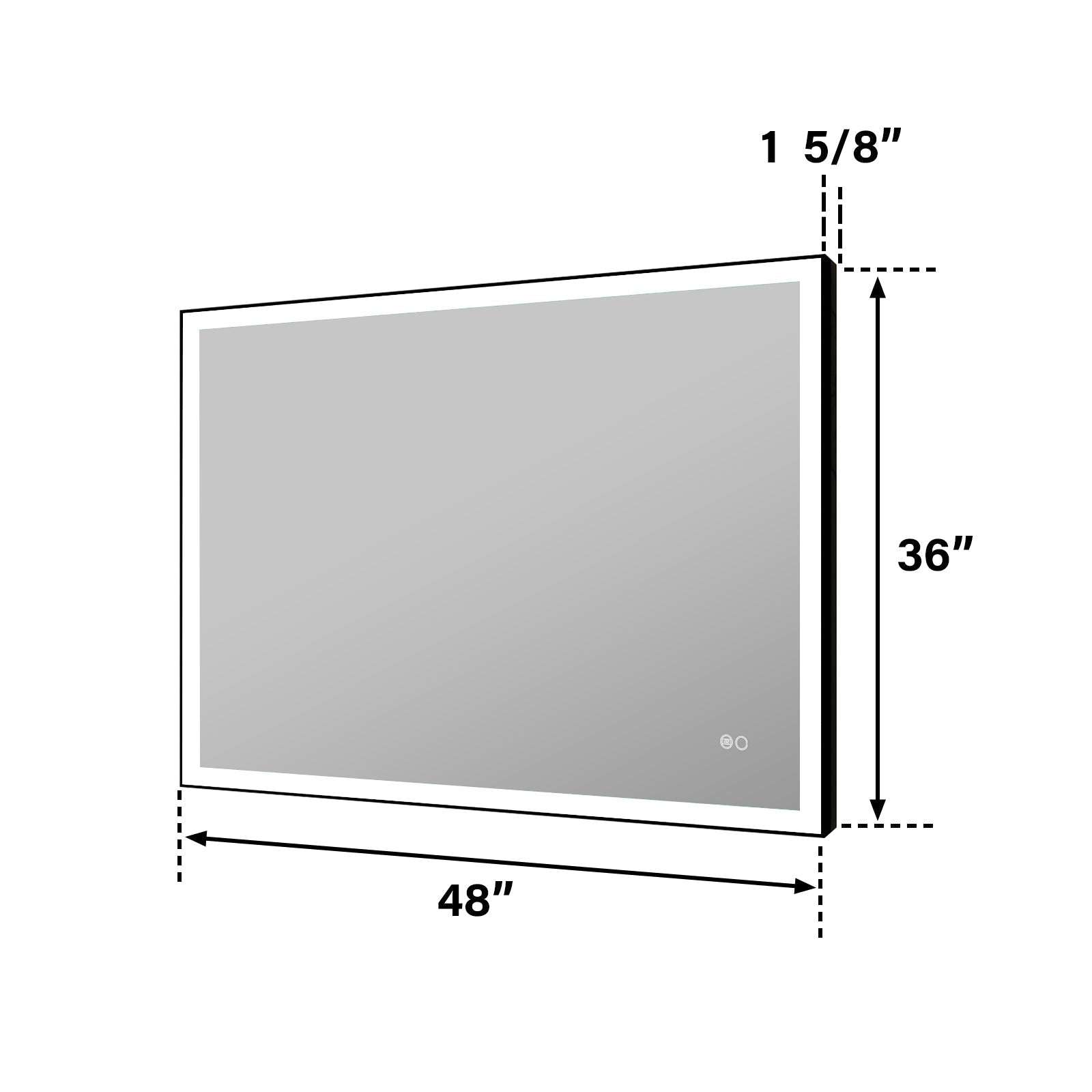
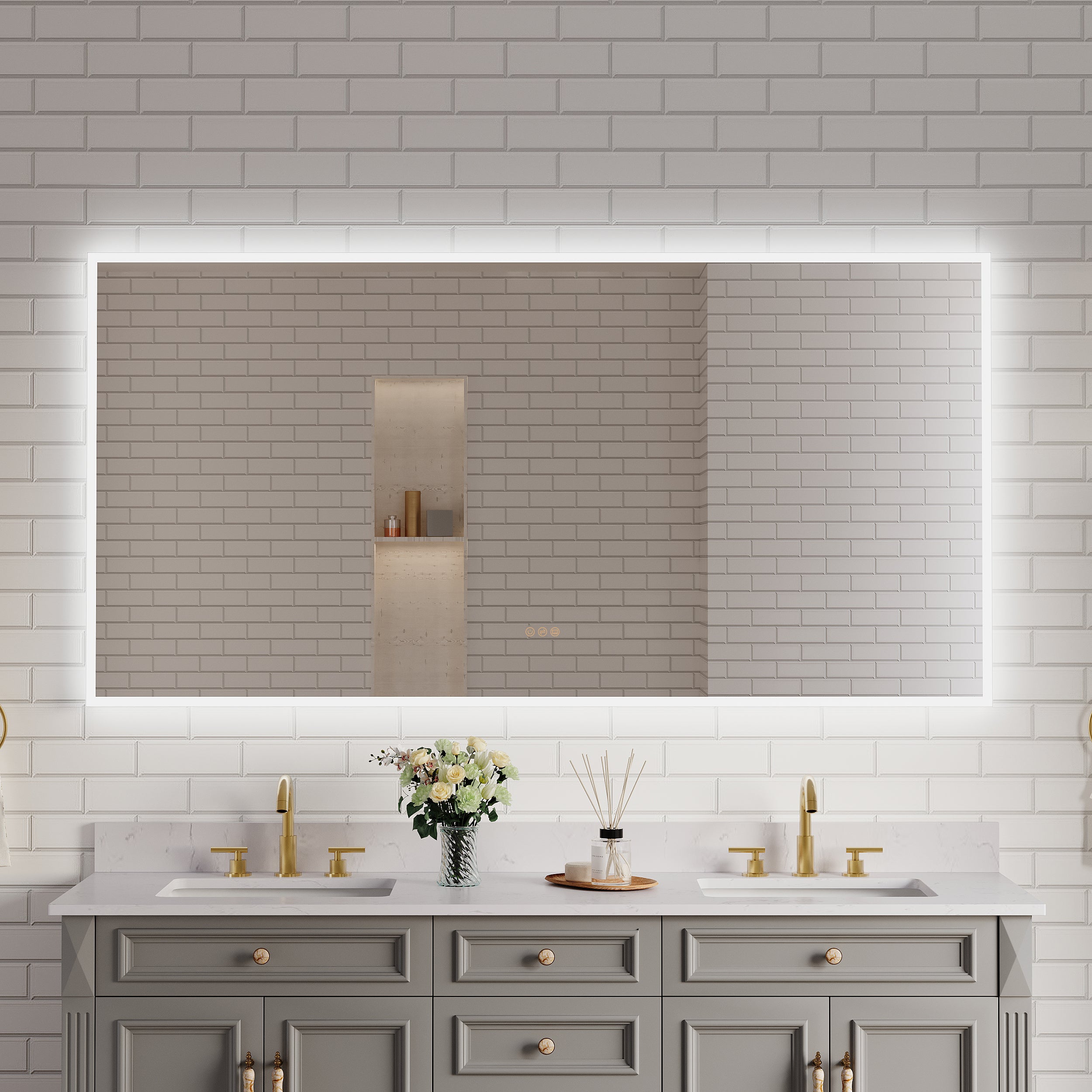


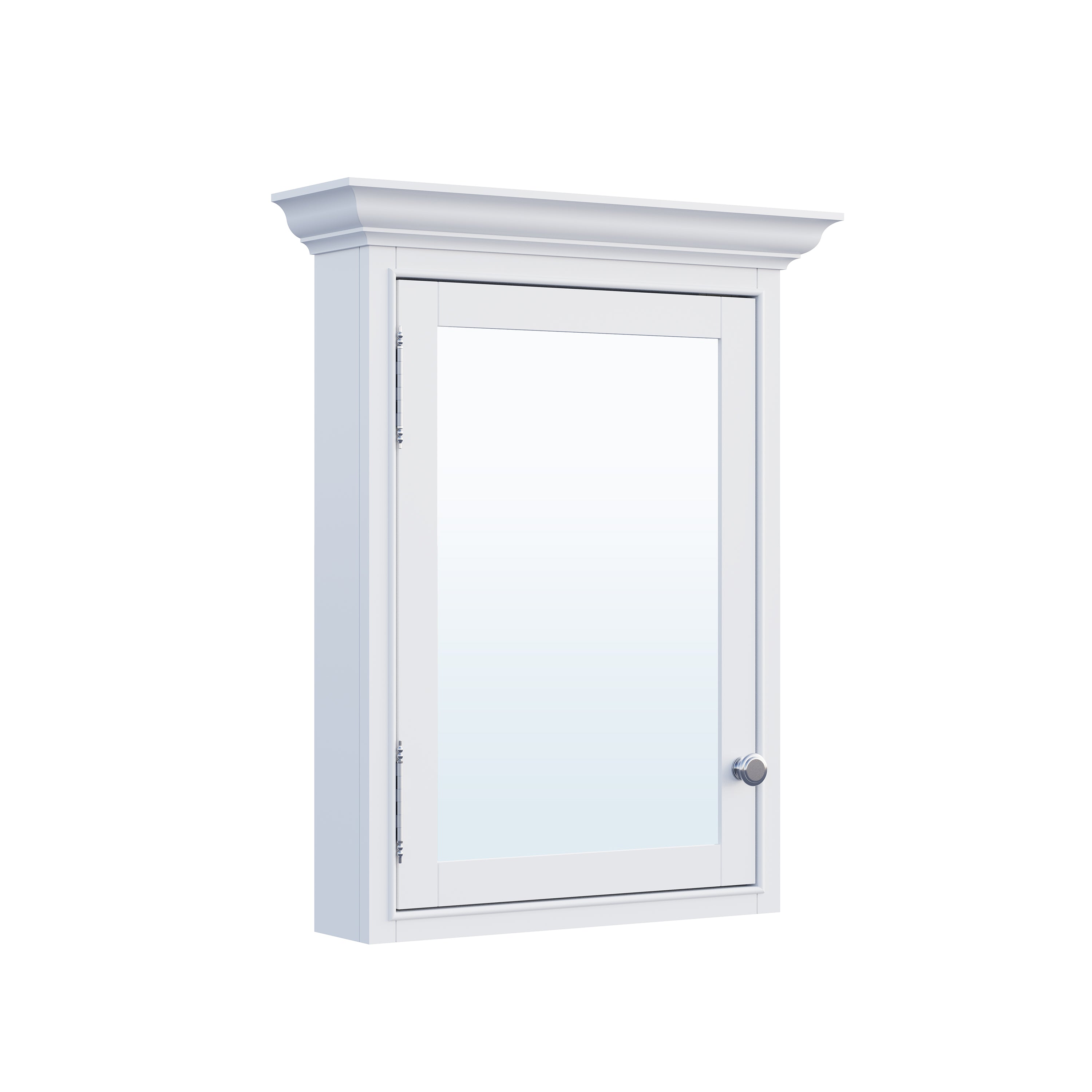

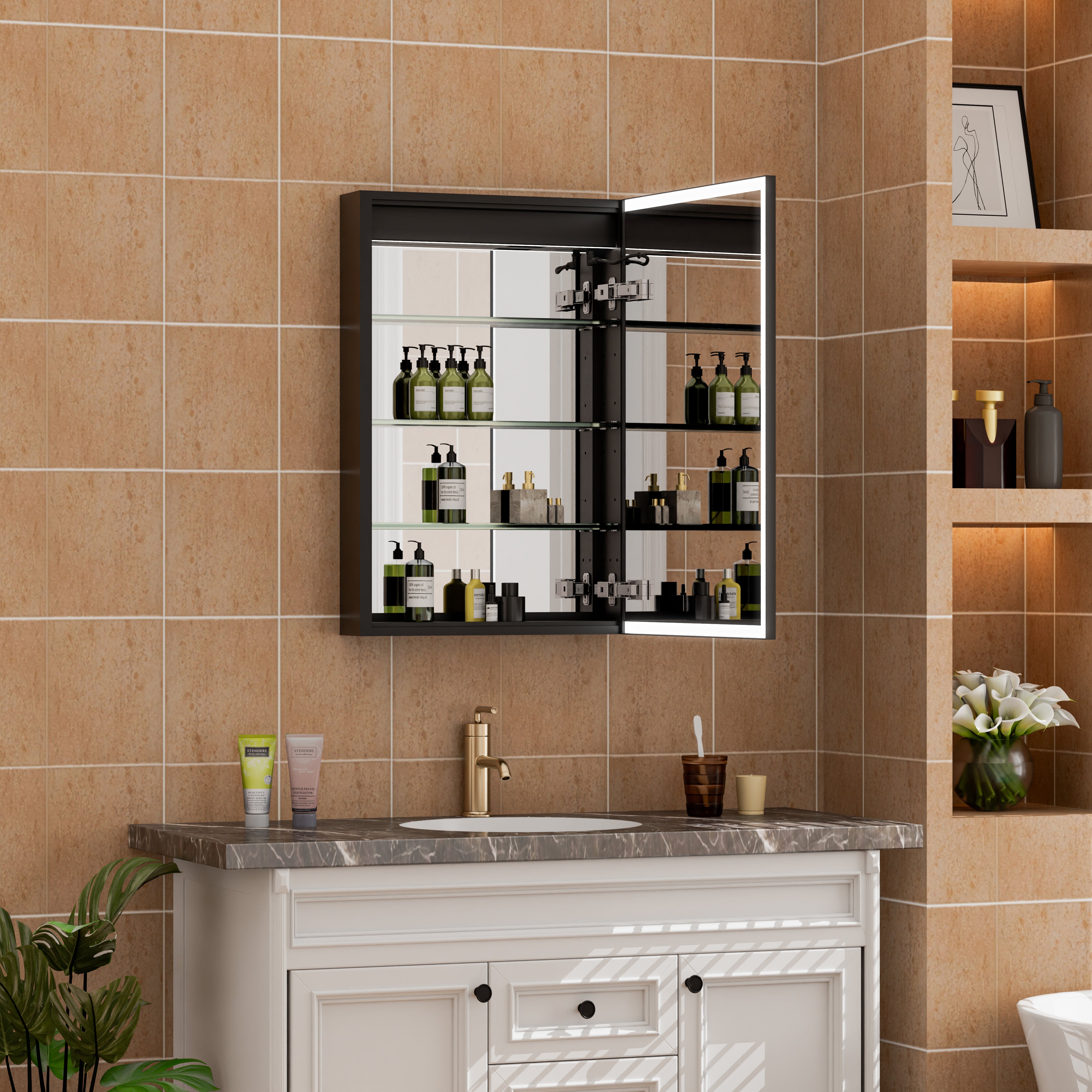


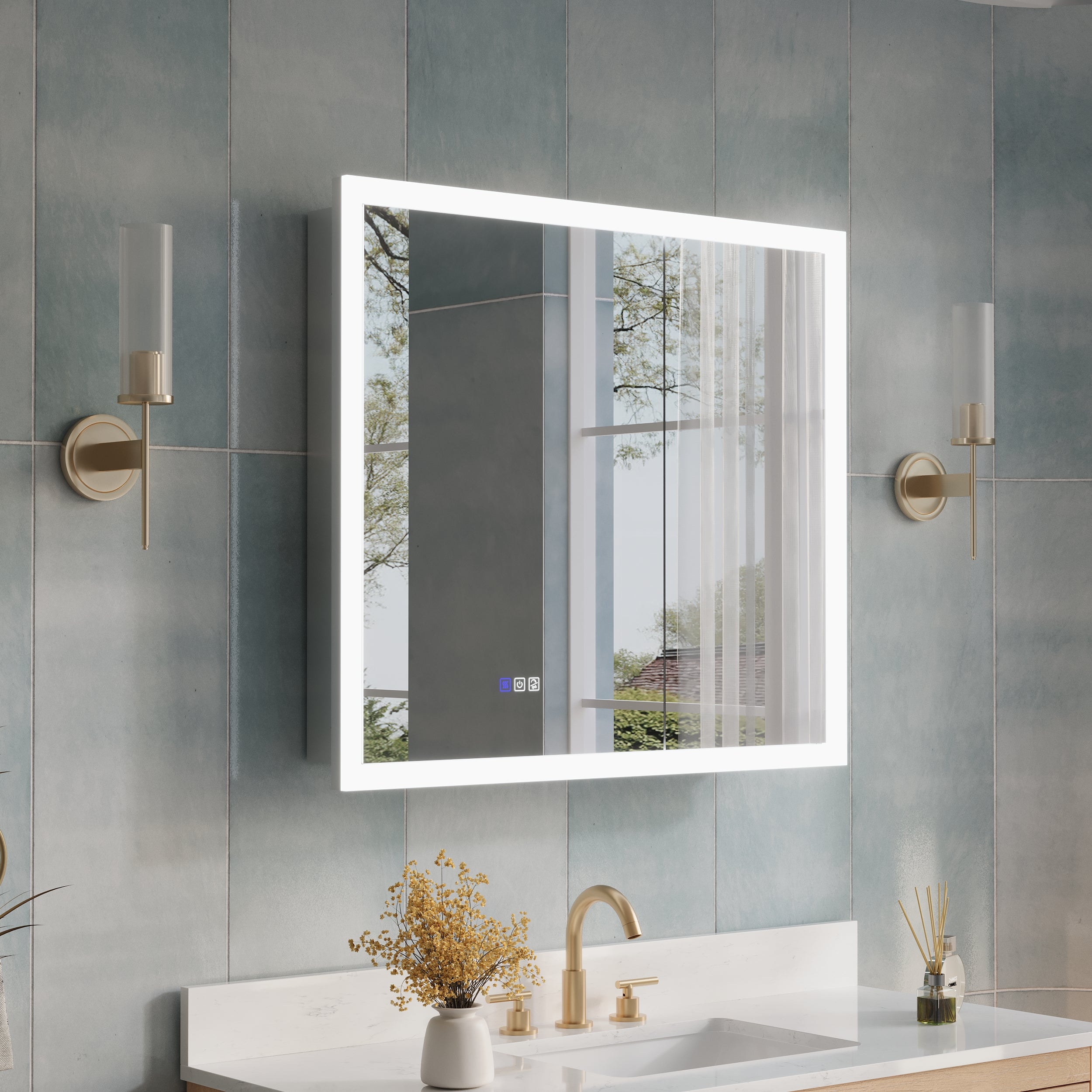

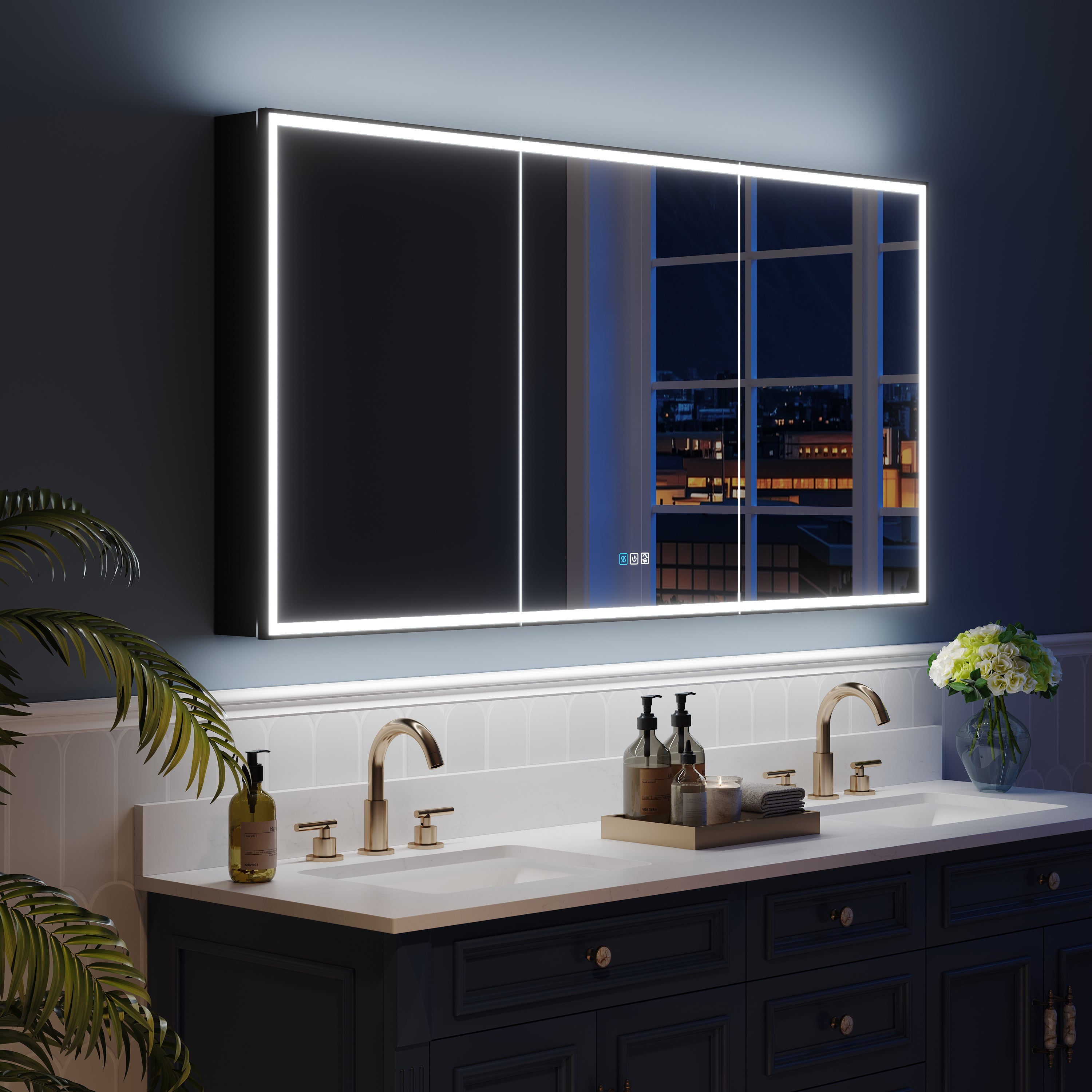


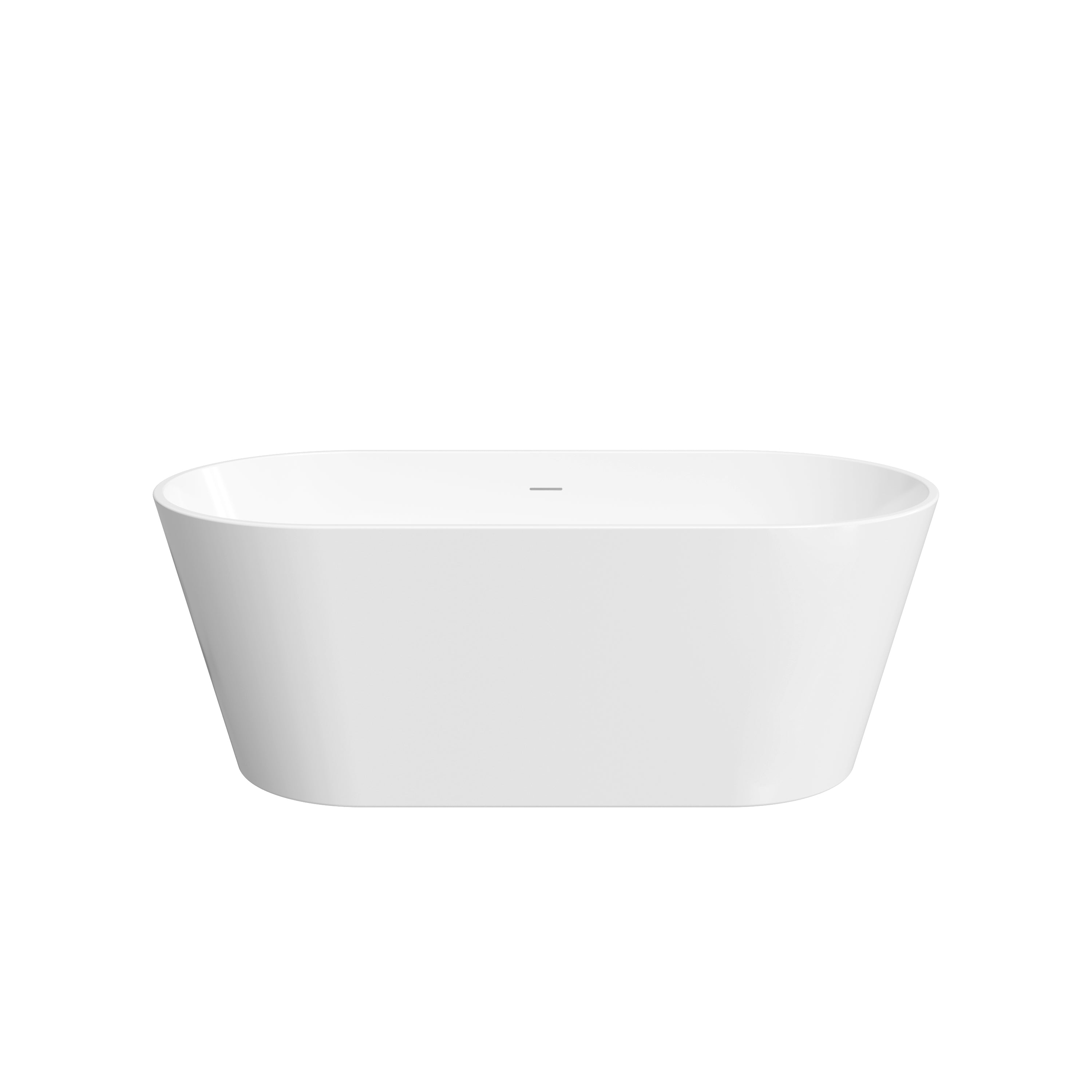


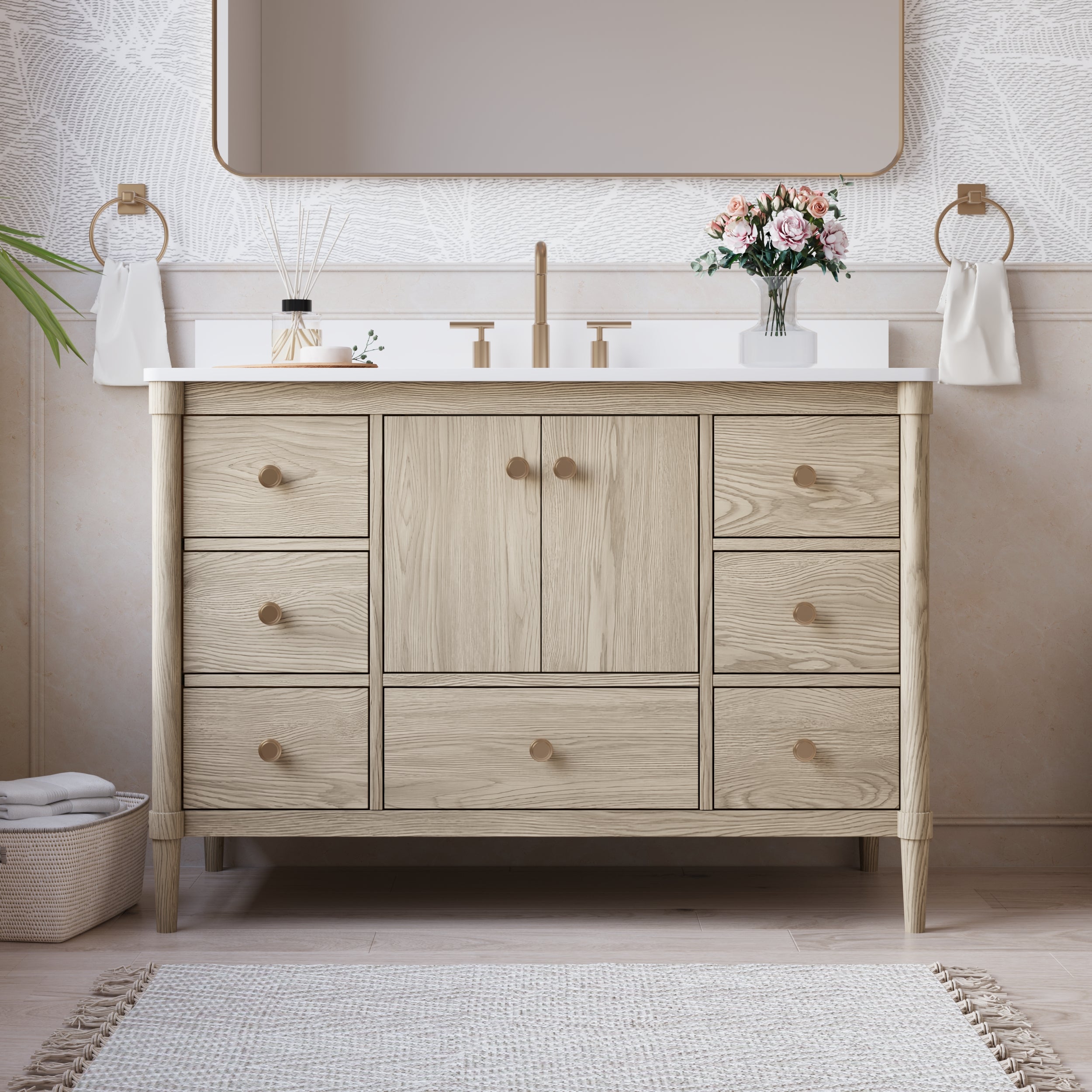


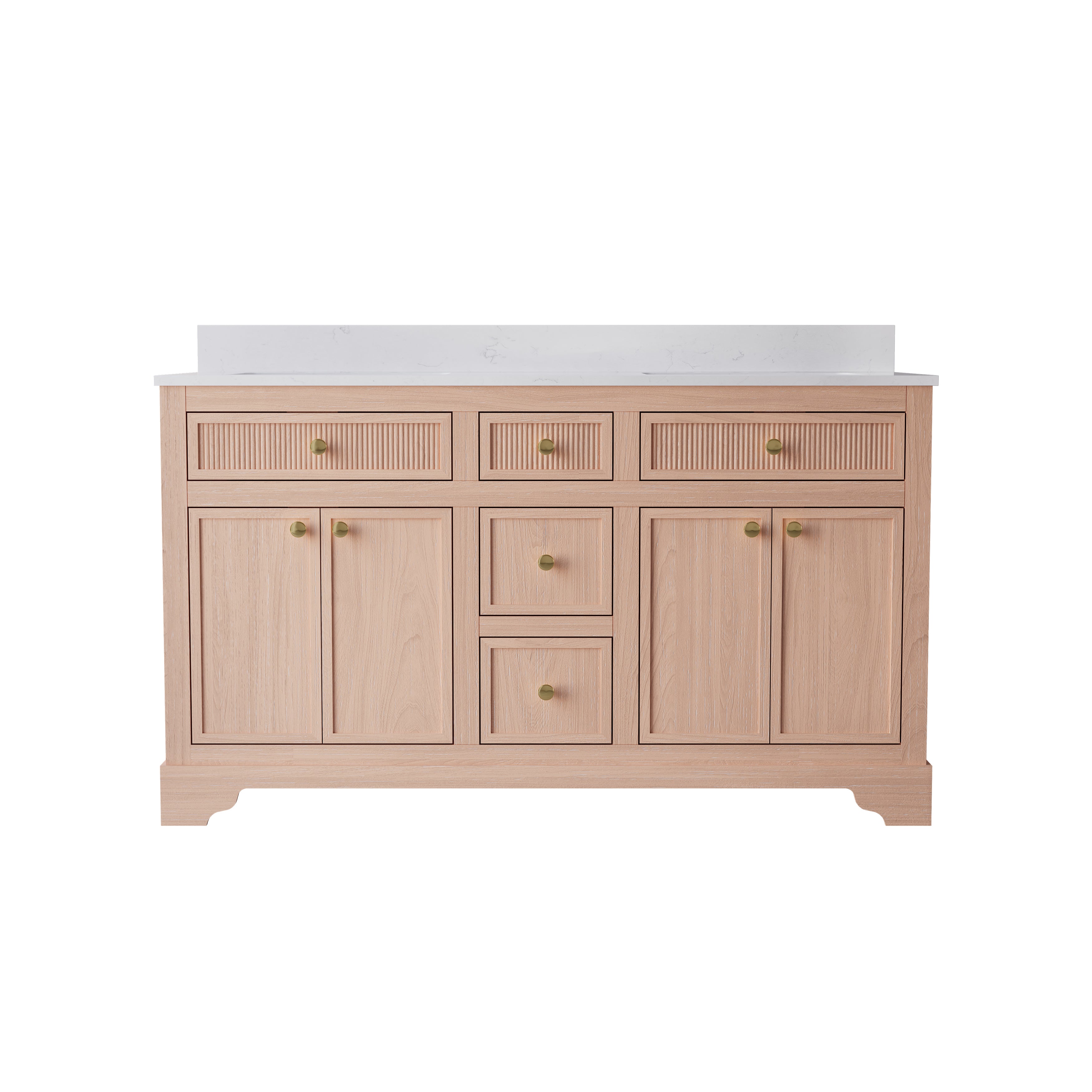
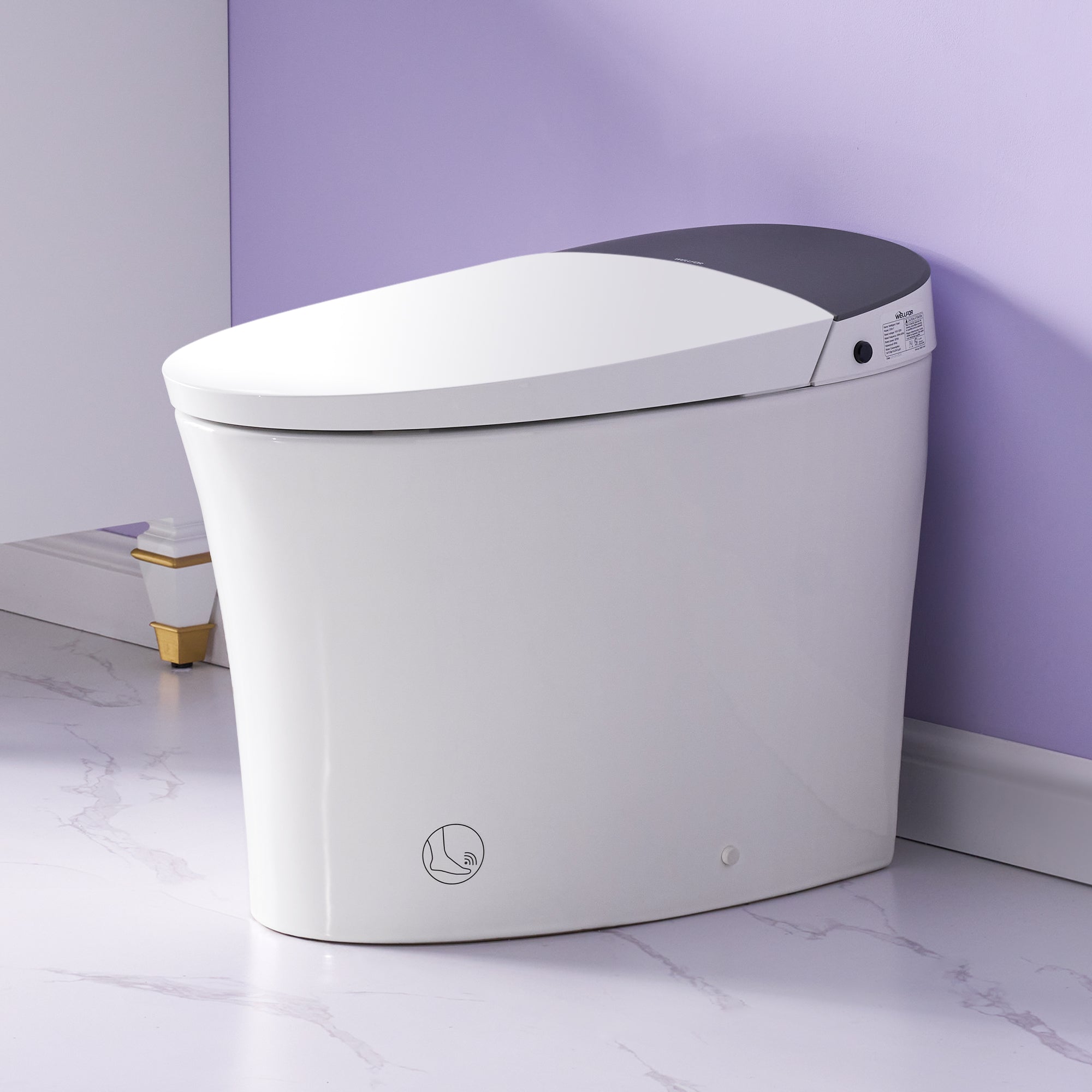
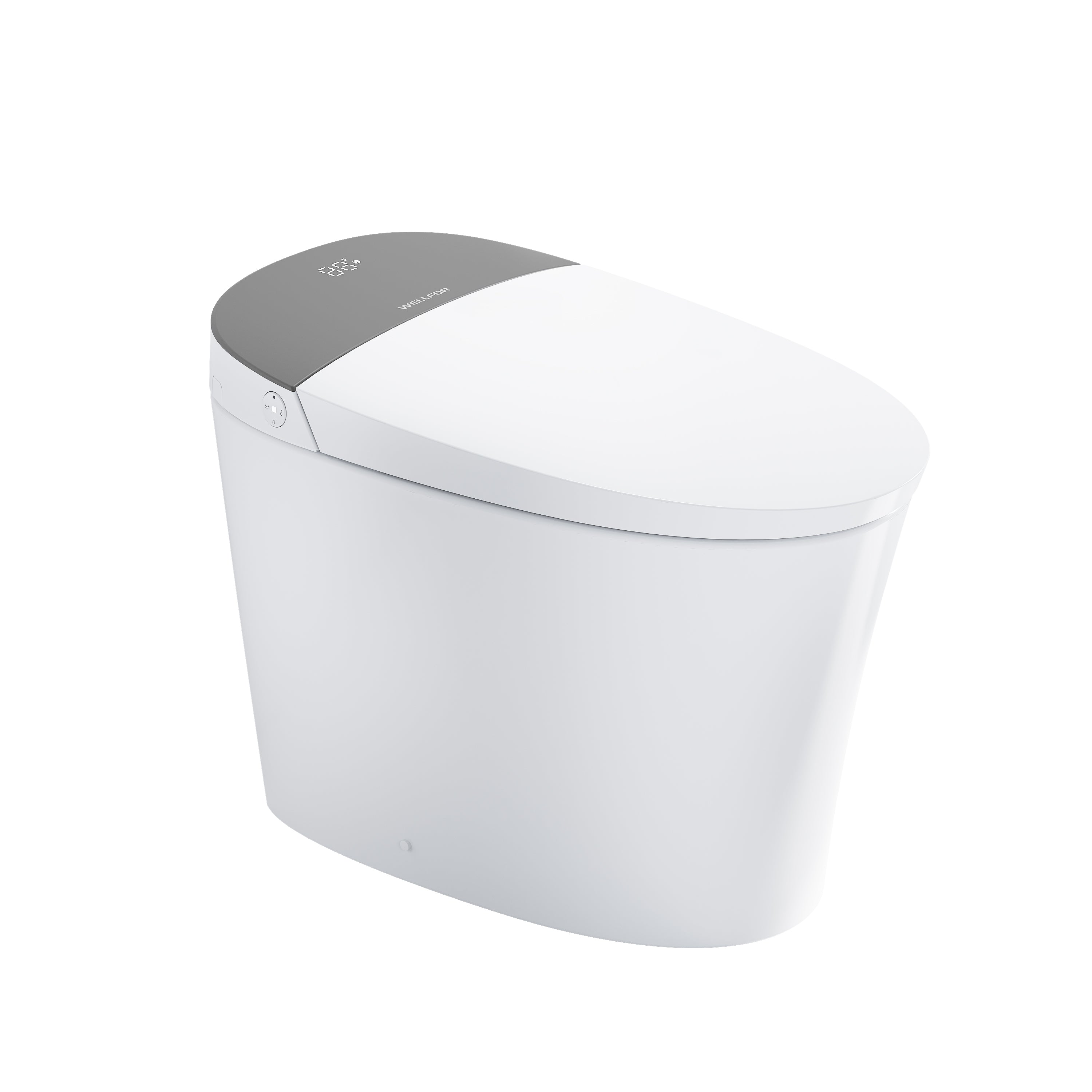
Leave a comment
This site is protected by hCaptcha and the hCaptcha Privacy Policy and Terms of Service apply.